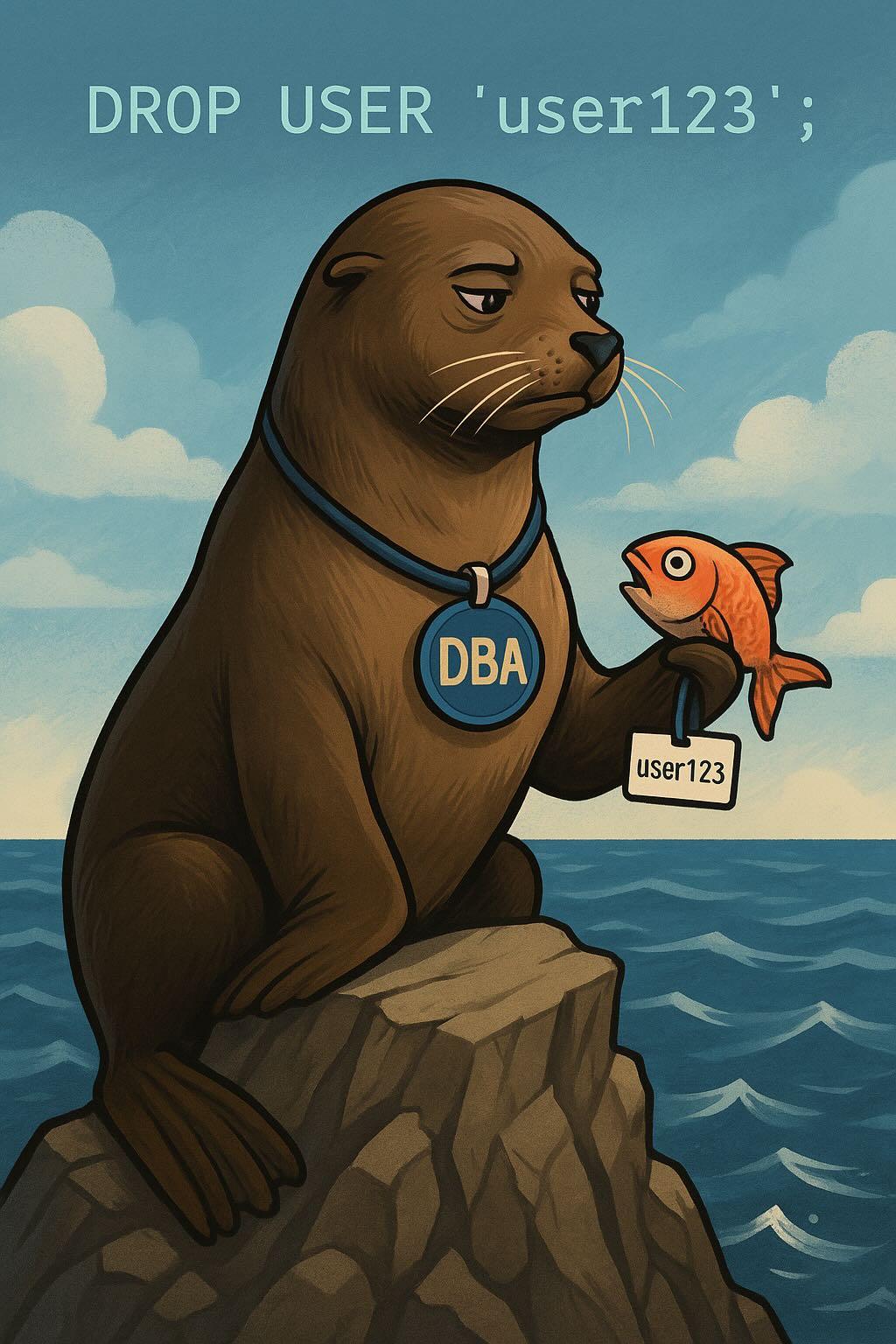Category Archives: Using MariaDB
MariaDB plc recently acquired SkySQL and rebranded it MariaDB Cloud that offers serverless MariaDB as a service. Kaj Arnö interviewed the technical father, and now it is time for a practical, technical kick-the-tires look at MariaDB Cloud.
In this tutorial, I’ll show developers how to set up a MariaDB Cloud database and load sample data in under 10 minutes. Perfect for showcasing simple SQL commands and MariaDB features with our public data set openflights – which incidentally is what one of the tracks in our ongoing hackathon is about.
…
Continue reading “MariaDB Cloud – kicking the tires with openflights data”
When co-founding MariaDB plc under the name SkySQL Corporation fifteen years ago (before MariaDB Foundation existed), we picked the name SkySQL with a bit of a reference to the cloud. Obviously, we didn’t then have a clear understanding of what type of a cloud offering MariaDB should have. I am glad to note that those days are finally and completely over, with MariaDB Cloud. I wish it hadn’t taken fifteen years!
So now, I sat down for a proper chat with Jags Ramnarayan, the technical father of SkySQL / MariaDB Cloud.
…
Continue reading “MariaDB Cloud: A Semi-Technical Introduction”
The news has circulated quietly in industry corners, but the implications are far too significant to brush aside: Oracle seems to have ended the Open Source era of MySQL.
I am not a spokesperson for Oracle, yet the signs are unmistakable. Entire teams associated with MySQL at Oracle have been dissolved, spanning engineering, development and sales. On LinkedIn, I’ve received a wave of messages from former colleagues — both long-time MySQL veterans and those who joined Oracle years after MariaDB was founded in 2009.
The impression is clear: Oracle has made a rational business decision to pivot towards AI and cloud, where MySQL only matters insofar as it strengthens OCI and Heatwave.
…
Continue reading “When Oracle Drops the Ball: Why MariaDB is the Future of the MySQL World”
Not what AI can do for MariaDB – but what MariaDB can do for AI
I have hinted at this before (This Month in MariaDB – August 2025), but it deserves to be said again: our vision for MariaDB’s role in AI is both clear and ambitious. We do not simply want to participate in the AI space – we aim to be the bridge between real-world data and modern AI systems.
Large Language Models are, at their core, vast read-only neural networks. The data that organisations truly depend upon does not reside inside these models;
…
Continue reading “MariaDB and AI: Building the Bridge That Really Matters”
XAMPP, Apache + MariaDB + PHP + Perl, is a valuable learning installer/product for new developers on Windows, Linux and MacOS. There needs to more maintainers, potentially you, for this product to remain useful.
Its currently maintained by a single maintainer, Beltran Rueda, who is time poor, but wants the project to continue. With a small amount of ongoing support from you, the reader, who has or could gain iTcl programming skill, this product, that enables the future generations of developers, could be maintained. High on the priority list for the project is a few version bumps (notably MariaDB 10.4, that isn’t packaged or maintained any longer) and resolving some poor user experiences.
…
We continue our blog series on learning more about users of MariaDB. Searching LinkedIn for posts about MariaDB this morning we saw an impressive confident post about using MariaDB in a RAG solution named SemantiQ. We got curious about it and reached out to the author Lorenzo Cremonese to have a chat.
Tell us about yourself Lorenzo!
I’m an Italian studying in Spain. I began programming when I was 14, and I’m now 22. I’m a self-taught web developer since 3-4 years ago, and I’m now doing a two year University education in Spain focused on web development at the institute IES ENRIC VALOR, in Pego.
…
Continue reading “Can you do RAG with Full Text Search in MariaDB?”
In our mission to grow MariaDB adoption, we’re always eager to spotlight the journeys of real-world users – especially those who’ve made thoughtful, strategic choices. Thanks to long-time MariaDB consultant and community champion Oli Sennhauser, we got a chance to sit down with one of his clients: Swiss eCommerce provider Glarotech of the PepperShop platform, and their founder Roland Brühwiler.
When Swiss eCommerce platform provider Glarotech started over 20 years ago, it was a small university project with three people. Today, it has grown to 30 employees and thousands of eCommerce clients – but many of their early choices still echo through their technology stack.
…
Shortly, we will start coding a task, for which we would appreciate your input: How would you like to DROP USER?
Why do we ask?
DROP user (originating in MySQL in 2004) always used to just drop the account from the privilege tables, but left all existing connections active. You can argue that this was questionable in 2004, but it’s really unexpected and confusing in 2025, with MariaDB being ubiquitous as it is.
So now we’re considering changing it.
But changing a 20-year-old behavior cannot be done lightly. We want to ask
you, our users, what would you prefer DROP USER to do.
…






